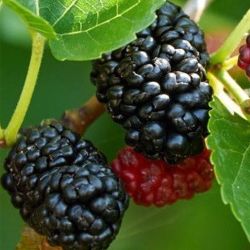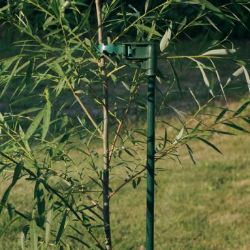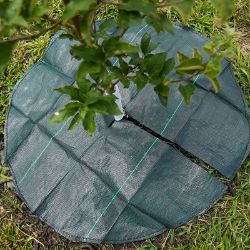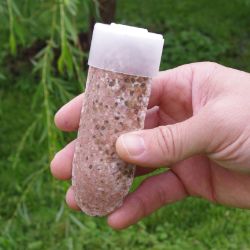Pest & Disease Control for Mulberry Trees
Every tree has the future potential for disease and insect damage. Factors such as location and weather will play a part in which issues your tree encounters. If available, disease-resistant trees are the best option for easy care; and for all trees, proper maintenance (such as watering, fertilizing, pruning, spraying, weeding, and fall cleanup) can help keep most insects and diseases at bay.
NOTE: This is part 5 in a series of 9 articles. For a complete background on how to grow mulberry trees, we recommend starting from the beginning.
Canker
Wilted leaves, bark peel, black mass of spores in infected areas with die back in tree branches.
Natural Control
- Prune infected branches, clean pruning tools
Other Control Options
- Consult County Extension Agent
Popcorn Disease
Fruit becomes large and extend more so than healthy fruit and has a popcorn like appearance.
Natural Control
- Pick and discard all infested fruit, including fallen berries and debris.
Other Control Options
- Consult County Extension Agent
Powdery Mildew
Whitish-gray powdery mold or felt like patches on buds, young leaves and twigs. Leaves may crinkle and curl upward. New shoots are stunted.
Control
- Consult County Extension Agent
Cotton Root Rot
Leaves appear yellow and wilted, sudden wilt and death, rotted roots and dead leaves remain attached to the tree. By the time disease is visible, fungus has already spread through out the root system.
Control
- Consult County Extension Agent


















